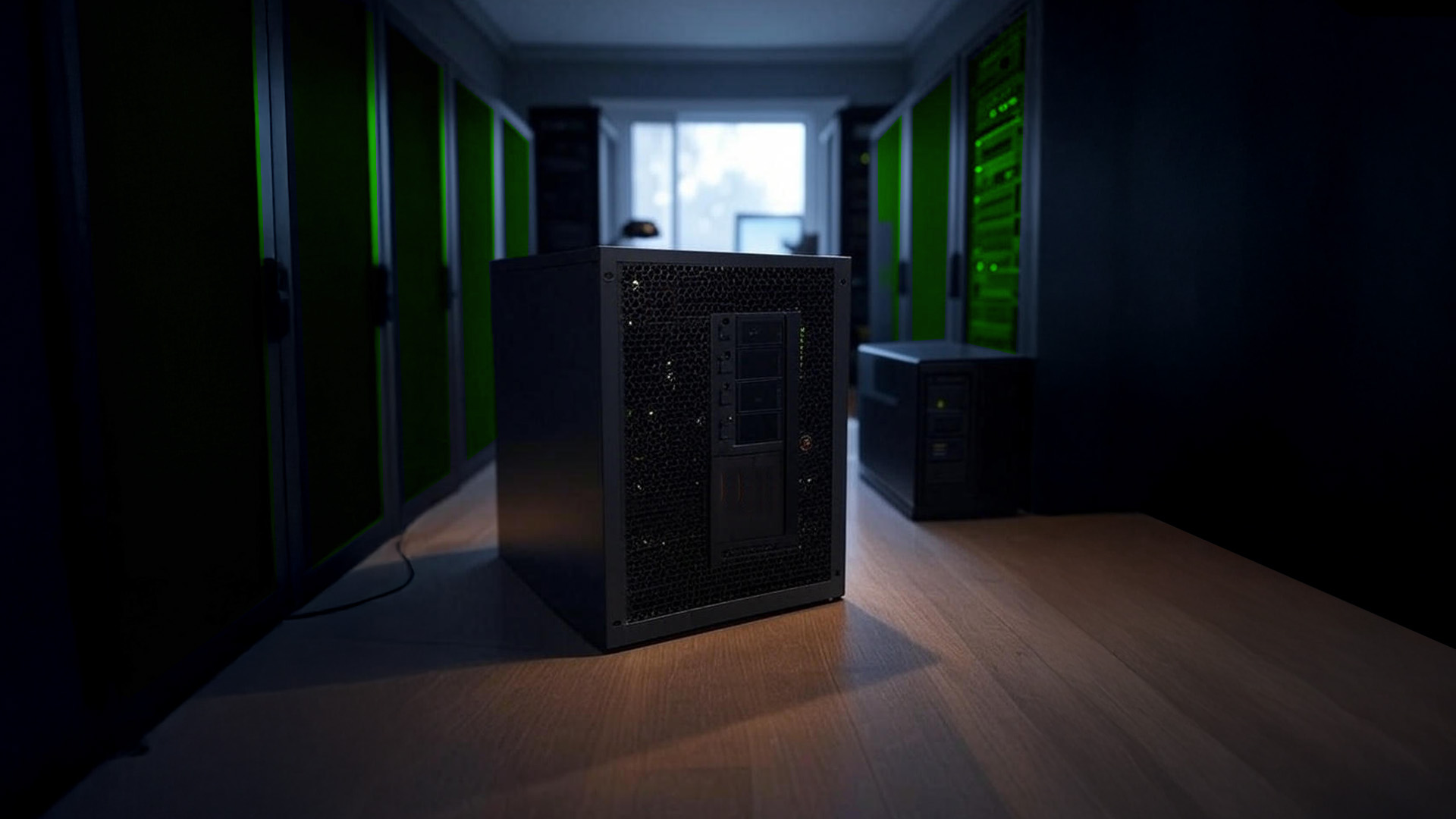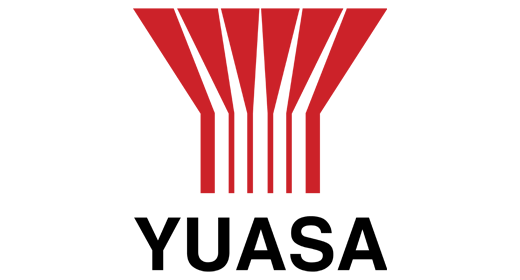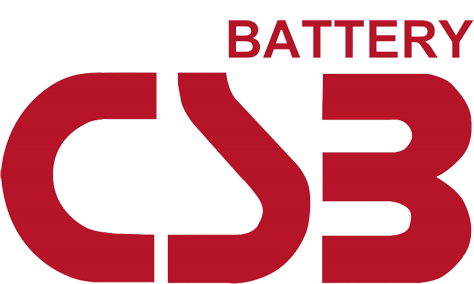Your Guide to Centralised vs Decentralised UPS Bypass
When you’re relying on a UPS system to keep your operations running, it’s not enough just to think about battery runtime or load capacity. The way your system handles maintenance, faults, and switching – specifically the bypass design – can make a big difference to reliability, cost, and downtime.
Two common approaches are centralised bypass and decentralised bypass. Each has its place, but they work differently and suit different types of setups.
In this guide, we’ll break down what centralised and decentralised bypass systems actually are, how they work, and where each one makes sense. Whether you’re looking to keep costs under control, simplify maintenance, or improve redundancy, understanding the difference will help you choose the right design for your site.
Because when it comes to backup power, there’s no one-size-fits-all answer – it’s about making sure you’ve got the right system for your critical needs.

Centralised Bypass in UPS Systems
A centralised bypass setup uses a single, shared static bypass switch for multiple UPS units connected in parallel. Instead of each UPS having its own bypass, the whole system relies on one central switch and associated components.
This approach is common in larger installations where multiple UPS modules work together to support a single critical load. If maintenance is needed or there’s a fault, the central bypass can transfer the entire load to mains power safely and quickly, keeping things running without interruption.
It’s a design that can simplify coordination between UPS units, reduce duplicated hardware, and make maintenance switching easier. But it also introduces a single point of bypass control – so it’s important to ensure that the central switch is robust and properly maintained.
Decentralised Bypass in UPS Systems
A decentralised bypass design gives each UPS unit its own dedicated static bypass switch. Unlike a centralised setup with a single shared switch, every unit handles its own bypass independently.
This approach is especially popular in data centres and critical environments where redundancy and avoiding single points of failure are essential. If one UPS needs maintenance or fails, only that unit switches to bypass – the rest keep operating as normal, maintaining power to the load without interruption.
How It’s Set Up
In a decentralised bypass system, each UPS module includes:
- Individual Bypass Switches: Every UPS has its own static bypass, avoiding a shared switch that could fail and take down the whole system.
- Redundant Power Paths: Multiple, independent paths ensure that even if one unit is offline, power delivery continues without interruption.
Advantages
Decentralised bypass designs offer a few key benefits:
- Improved Reliability: No single point of bypass failure. Each unit can be maintained or swapped out without risking downtime.
- Greater Flexibility: Easier to expand or modify the system – just add or remove units as needed.
- Simpler Maintenance: Because each unit is independent, maintenance can be done on one UPS without affecting the rest.
- Better Risk Management: Reduces the risk of total system failure during bypass operations.
This setup is a solid choice for businesses where uptime is critical and modular flexibility is important. It’s well-suited to data centres, industrial facilities, and any environment that can’t afford unexpected interruptions.
At Secure Power, we often recommend decentralised bypass designs for customers who want robust redundancy without overcomplicating operations.
Choosing the Right Bypass Architecture
Choosing between centralised and decentralised bypass isn’t just a technical decision – it’s about making sure your power protection matches how your business actually operates. The right choice can reduce costs, simplify maintenance, and improve reliability when it matters most.
Here are some of the main factors to consider:
Scalability and Redundancy
If you expect your power demands to grow, think about how easy it will be to scale. Decentralised (modular) systems make adding capacity simpler. They also offer better redundancy because each module operates independently – if one fails or needs maintenance, the others keep running.
Centralised setups can be cheaper up front and simpler in design, but they don’t scale as flexibly and can introduce a single point of failure at the bypass switch.
Fault Isolation
One big advantage of decentralised bypass is fault isolation. If a fault occurs in one UPS module, only that module goes offline, while the rest of the system keeps supplying power.
In contrast, a centralised bypass relies on a single shared switch. If there’s an issue with that switch, the whole system can be affected – which is a risk in critical environments.
Maintenance Flexibility
Decentralised systems also make maintenance easier. You can service or replace one module without shutting down the whole UPS system. That reduces downtime and avoids disrupting operations.
Our advice:
Both centralised and decentralised bypass designs have their place. Centralised bypass can be a good fit for simpler setups with tighter budgets. Decentralised bypass is better for businesses that prioritise flexibility, redundancy, and minimal downtime.
At Secure Power, we always recommend looking at your actual needs, growth plans, and criticality of the load before deciding. The right choice isn’t just about cost – it’s about making sure your power stays on when you really need it.
When to Choose Centralised vs Decentralised Bypass
There’s no one-size-fits-all answer when it comes to bypass design. It really depends on how your site operates, what your risk tolerance is, and how much flexibility you need.
Here are a few typical scenarios to help you decide:
Centralised Bypass – When It Makes Sense
- Smaller Sites or Single Loads: If you’re protecting one big critical load (like a plant control room or a single IT room) with limited growth plans, a centralised bypass can be simpler and cheaper.
- Budget-Conscious Projects: Centralised setups have fewer bypass components, which can reduce upfront costs. Ideal where budget is tight and absolute maximum redundancy isn’t essential.
- Well-Controlled Environments: Sites with stable power demands and well-planned maintenance windows often get on well with centralised designs.
Decentralised Bypass – Where It’s Best
- Data Centres and Server Rooms: When uptime is everything, decentralised bypass avoids single points of failure and allows for easy module swaps without downtime.
- Healthcare and Critical Infrastructure: Hospitals, labs, and facilities that can’t risk losing power to life-safety systems benefit from independent bypass paths.
- Industrial Sites with Changing Loads: Decentralised systems scale more easily, making them perfect for businesses planning future expansions or load changes.
- Sites Needing High Availability: Where even short maintenance downtime is unacceptable, decentralised bypass enables work on one UPS without touching the others.
Bottom line?
If you want simplicity and lower cost, centralised can be a good fit. If you need maximum uptime, flexibility, and risk mitigation, decentralised is often the better investment.
At Secure Power, we’ll always help you weigh the trade-offs to find the right fit for your site and budget.
Cost Considerations
Cost always matters when planning your UPS system – and your choice of bypass architecture has a real impact on both upfront and long-term costs.
It’s not just about buying the hardware. It’s about installation, maintenance, downtime risk, and future changes.
Upfront Costs
- Centralised Bypass is usually cheaper to install.
- Fewer components.
- Simpler wiring and control.
- Ideal for sites with tighter budgets or smaller loads.
- Decentralised Bypass generally costs more up front.
- Each UPS needs its own bypass switch and control gear.
- More complex installation, especially for large modular systems.
Operating and Maintenance Costs
- Centralised setups can be cheaper to maintain overall but come with a catch:
- The single bypass switch is a critical point – if it fails, the whole system is affected.
- Maintenance on the central switch may require downtime.
- Decentralised systems cost more to service in parts, but you can maintain or replace modules one at a time without shutting the whole system down.
- Less risk of expensive unplanned outages.
- Easier to plan maintenance windows.
Long-Term Value
- Centralised is often chosen for lower initial spend and simpler design, but it’s less flexible if your power needs grow.
- Decentralised costs more initially but offers better scalability and redundancy.
- Reduces downtime costs over time.
- Often the better choice if uptime is critical.
Key takeaway?
It’s not just about buying the cheapest option. It’s about weighing up total cost of ownership, risk of downtime, and how much flexibility you need in future.
At Secure Power, we always recommend looking beyond the price tag to make sure you’re getting the right fit for your site and budget over the long haul.
Maintenance and Testing Recommendations
Choosing the right bypass design is important – but keeping it working properly is just as critical. Even the best-designed UPS system can let you down if it’s not maintained.
Here’s what we usually recommend to keep both centralised and decentralised bypass systems reliable:
Regular Inspections
- Check all bypass switches and control panels for signs of wear, damage, or overheating.
- Verify indicator lights and alarms are working as expected.
- Look for loose connections or cable issues – these are classic failure points.
Functional Testing
- Test bypass operation under controlled conditions to ensure it switches smoothly without dropping the load.
- For centralised systems, check the single bypass path carefully – it’s your critical point of failure.
- For decentralised systems, test each module’s bypass independently.
Scheduled Preventive Maintenance
- Annual servicing by qualified engineers helps catch problems early.
- Includes firmware updates, component replacements (like fans or capacitors), and safety checks.
- For mission-critical sites, consider biannual or even quarterly checks.
Record Keeping
- Document all inspections, tests, and maintenance work.
- Track bypass switch operations, alarms, and faults to spot trends before they become failures.
- Good records also help demonstrate compliance with internal risk management or external standards.
Don’t Ignore Manufacturer Recommendations
- Every UPS brand and model has its own maintenance guidance.
- Following these recommendations extends service life, keeps warranties valid, and ensures safe operation.
Worth remembering?
Regular testing and maintenance aren’t optional extras – they’re essential for making sure your bypass design delivers when you need it.
At Secure Power, we always stress that a good maintenance plan is the cheapest insurance you can buy against unexpected downtime.
Conclusion
Choosing the right UPS bypass architecture isn’t just about ticking a box – it’s about making sure your business stays powered, protected, and ready for anything.
Whether you lean towards a centralised design for its simplicity and cost benefits, or a decentralised approach for its flexibility and redundancy, the key is making sure it fits your actual needs.
Remember – there’s no universal “best” option. It depends on your load, your risk tolerance, your budget, and your plans for growth.
At Secure Power, we don’t just sell UPS systems. We help you figure out what will really work for you – with honest advice, expert installation, and maintenance that keeps your system reliable for years to come.
If you want to chat about your setup or get help planning your power protection, get in touch. We’re always happy to help you keep the lights on, no matter what.
Frequently Asked Questions
-
What’s the difference between centralised and decentralised bypass in UPS systems?
A centralised bypass uses one shared bypass line and switch for all UPS modules, making it simpler but creating a single point of control. A decentralised bypass gives each UPS its own dedicated bypass line and switch, avoiding that single point of failure and offering more redundancy.
-
What are the advantages of a centralised bypass?
- Simpler, more compact installation.
- Fewer components, which can reduce upfront costs.
- Easier to coordinate maintenance with one shared bypass path. It’s a good fit for smaller sites or where budget and simplicity matter most.
-
What are the advantages of a decentralised bypass?
Greater redundancy and fault tolerance – no single bypass failure can take down the whole system.
- Each UPS module can be maintained or replaced without affecting the others.
- Easier to scale as your power demands grow.
It’s well-suited to critical sites like data centres, healthcare, and industrial facilities that can’t risk downtime.
-
Which bypass configuration should I choose for my UPS system?
It depends on your needs. Centralised bypass is often cheaper and simpler to install but offers less redundancy. Decentralised bypass costs more upfront but gives you better fault isolation and flexibility. The right choice depends on your risk tolerance, budget, and plans for growth – so it’s worth talking it through with a specialist.
-
Can I switch between centralised and decentralised bypass designs later?
Not easily. Changing bypass architecture usually means significant electrical modifications, new control gear, and potentially major rewiring. It’s not a quick swap – you’ll want to plan your design carefully from the start, with professional help if needed.














